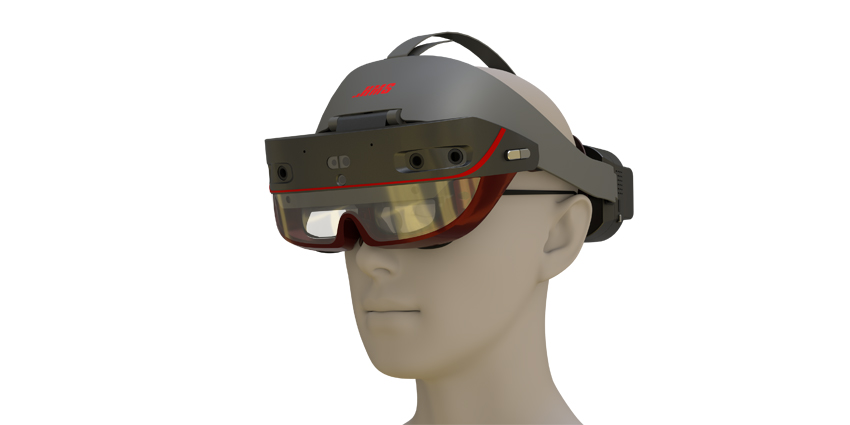This is Demond Cureton, Senior Journalist for XR Today, taking a closer look at the ongoing and repeat device delays at Apple.
From previous analyses of the company, there are several factors affecting the tech industry at the moment. Meta Platforms, Microsoft, Snap, Amazon, Twitter, and other major tech giants have not been immune to mass layoffs and budget cutbacks.
Product Innovation, Interoperability
Notwithstanding Apple’s big reveal of its M1 chipset, Apple has struggled to enter the extended reality (XR) hardware market. The company has relied on its AR technologies on existing devices such as iPhones, iPads, and others leveraging its ARKit platform.
With its AR smart glasses indefinitely on hold, Apple must now innovate its hardware further with two devices — its enterprise and consumer XR headsets. As the former is expected for release in the spring, it needs full refinement to meet the demands of enterprise use cases.
Apple also aims to correct several issues with the former device, setting back its launch date multiple times, according to analysts.
Just a single major technical glitch plaguing the device could compromise the security, ergonomics, compatibility, and functionality of thousands of enterprises. Enterprise use cases will seek interoperability with other major platforms.
Efforts to achieve this are currently in their early stages, with companies such as Microsoft and Meta Platforms launching a strategic collaboration. Upcoming plans may include incorporating Roblox for the Quest product lineup, offering the company increased compatibility. Despite this, hardware standards across the industry are still a contentious issue for many headset manufacturers.
Apple AR Smart Glasses and the UX, Hardware Choices
To create a reliable, trouble-free user experience (UX), one can assume that Apple is carefully considering its venture into XR by eliminating as many issues as possible. This will avoid a swansong for its immersive reality reputation and secure its efforts in the XR market long-term.
It may also have to consider upscaling and compatibility issues with current devices, which massively incorporate Android (Meta Quest), Windows (Microsoft HoloLens), and Linux (Valve SteamOS). Whilst Apple’s macOS is Linux-based, the industry has few details on its upcoming xrOS architecture.
Additionally, the company must incorporate its M-series chips while other more established firms, including Meta, Microsoft, HTC VIVE, and others can leverage Qualcomm’s Snapdragon Series of headsets. This includes the XR2+ featured in more recent headsets like the Meta Quest Pro.
A key consideration is that Apple now faces even greater competition following Qualcomm’s reveal of the AR2 smart glasses platform. This will provide access to the entire AR smart glasses industry to manufacture and launch their own devices, significantly increasing competition for Apple.
The US tech giant must rethink how it will refine its AR smart glasses. This requires additional research and development (R&D) funds, which it may not have currently, to optimise its proprietary architecture.
Funding and Global Chip Shortage
The industry faces massive cutbacks and layoffs due to the global tech crunch. Semiconductor shipments from Apple’s Foxconn operations, due to Chinese zero-COVID-19 restrictions, continue to shake the embattled tech world, creating further headaches.
One should note ongoing changes in the market and slow adoption of consumer metaverse technologies have triggered Meta’s priority shift. The Menlo Park-based firm had to shutter its own Project Nazare smart glasses last year. This is mostly due to massive R&D expenses at Reality Labs, its XR division, due to haemorrhaging revenues and slower-than-expected growth.
Meta later laid off 11,000 employees to compensate for the shortfall and redirect its resources to launching the Meta Quest Pro in October last year.
This has targeted the enterprise as Meta focuses on its upcoming Quest 3 headset for consumers and revises its market strategy amid increasing rivalry from Pico Interactive and HTC VIVE.
If interested, please follow XR Today on LinkedIn and Twitter to share your thoughts about Apple’s latest reveal. Let us know what you think and your take on the matter.
The views in this analysis piece are solely those of the author and do not reflect the XR Today brand, its partners, or affiliates.







